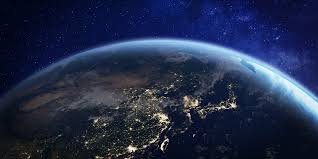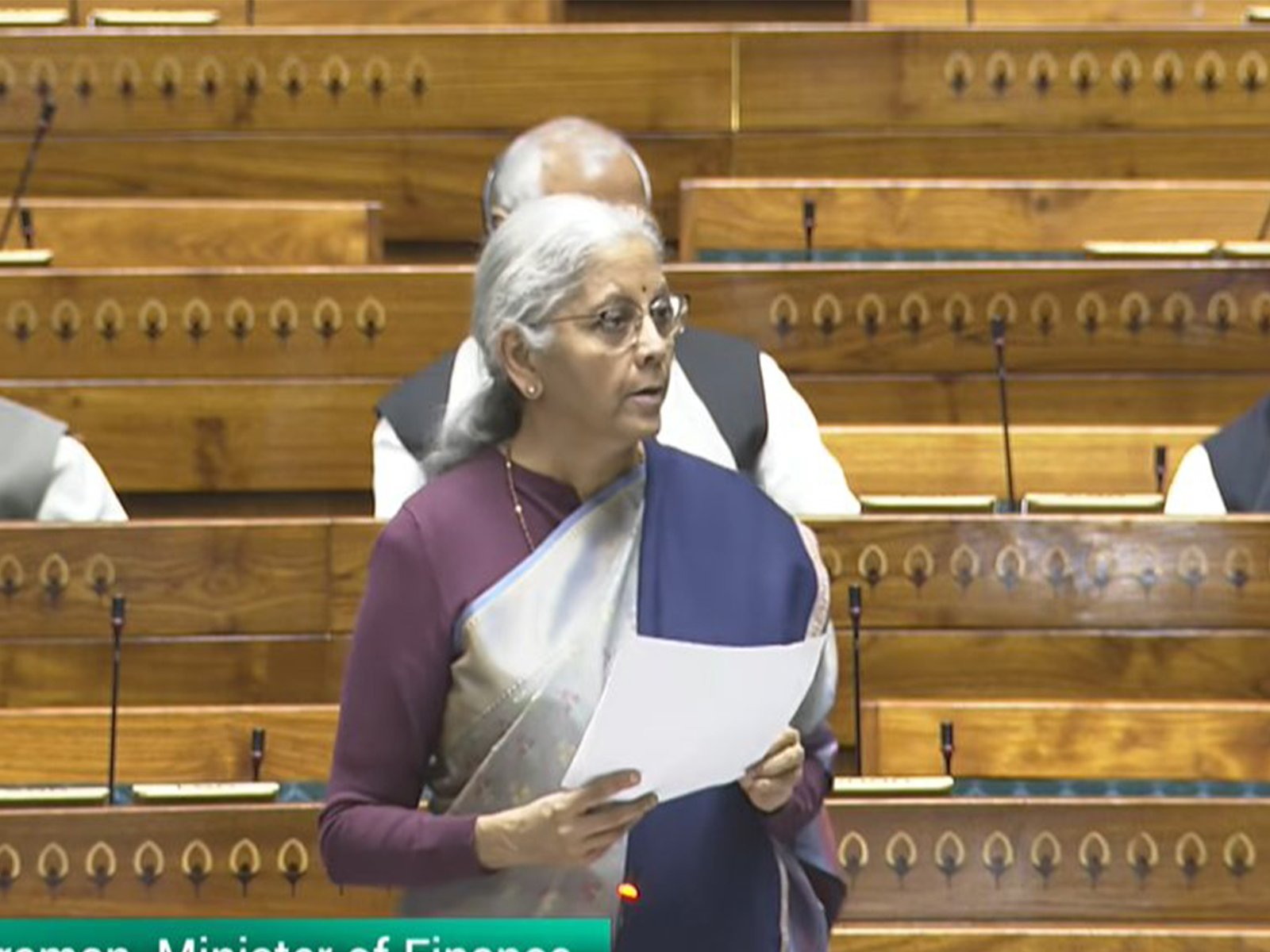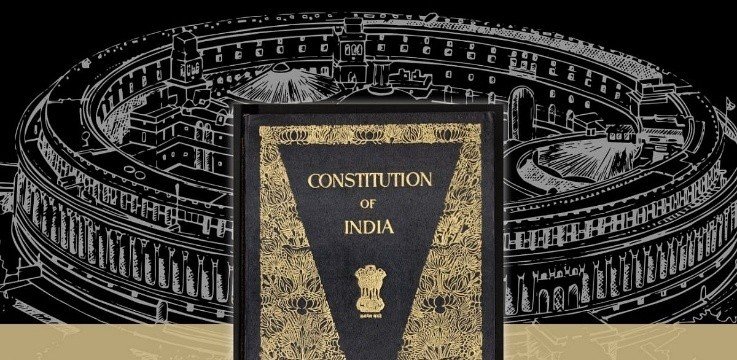Context
China, which dominates the global supply of Rare Earth materials, has announced new export restrictions on their mining and processing, citing concerns that foreign entities are allegedly diverting these resources for military applications.
What are rare earth elements?
- Rare Earth Elements (REEs) are a group of 17 metallic elements – 15 lanthanides + scandium + yttrium.
- They are known for their unique magnetic, conductive, and optical properties.
- These elements are integral to the production of high-tech devices such as smartphones, electric vehicles (EVs), wind turbines, and military systems.
What are rare earth minerals?
- They are naturally occurring minerals that contain one or more REEs as major constituents.
- Examples include monazite and bastnäsite.
- These minerals are mined to extract REEs, which are then processed into usable forms for various applications.
What are rare earth magnets?
- Rare Earth Magnets are powerful permanent magnets made from alloys of REEs, primarily neodymium, terbium, samarium and dysprosium.
- Essential in EV motors, wind turbines, and advanced electronics due to their high magnetic strength and efficiency.
What are rare earth critical minerals?
- Rare Earth Critical Minerals refer to REEs that are deemed essential for national security and economic stability but have supply chains that are vulnerable to disruption.
- These include elements like neodymium, dysprosium, and terbium, which are crucial for defense technologies and green energy solutions.
Why are they called rare/critical?
- Despite their name, REEs are relatively abundant in the Earth’s crust.
- However, they are termed “rare” because they are rarely found in concentrated deposits, making extraction challenging and costly.
- They are considered “critical” due to their importance in high-tech and defense industries and the geopolitical risks associated with their supply.
Positive and negative uses of REEs
Positive Uses:
- Green Technologies: Used in EVs, wind turbines, and energy-efficient lighting.
- Medical Applications: Essential in MRI machines and cancer treatments.
- Defense Systems: Vital for radar, guidance systems, and advanced weaponry.
Negative Uses:
- Environmental Impact: Mining and processing can lead to radioactive waste and pollution.
- Geopolitical Tensions: Control over REE supply can lead to trade disputes and strategic leverage.
Which countries have control on these REE and why?
- China dominates the global REE supply, accounting for over 90% of processing and magnet production. It uses this monopoly as a bargaining chip in trade disputes.
- Other significant producers include Australia, the United States, and India.
- Control over REEs allows countries to influence global supply chains and maintain strategic advantages in technology and defense sectors.
How has China created a new blockade or quiet war against the USA through REE?
- In October 2025, China expanded its export controls on 12 REEs and related technologies, requiring licenses for exports and banning shipments to foreign military users.
- This move is seen as a strategic response to U.S. policies and aims to assert China’s dominance in the REE supply chain
What is India’s role in the geopolitical triangle of China-India-USA?
- The geopolitical triangle involves China maintaining REE monopoly and using export controls as leverage, the US seeking to reduce dependence on China through alliances (e.g., India, Japan, Australia – Quad countries), and India positioned as a key intermediary with significant REE reserves.
- India holds approximately 8.52 million tonnes of REEs, making it a strategically important player in global supply chains but needs to develop domestic processing capabilities and diversify imports to lessen reliance on Chinese REEs.
- A stable REE supply is needed as India aims to expand its electric vehicle production and strengthen defense technology development.
What conditions similar to Wassenaar have been put forth by China for India even when China is not itself a member of Wassenaar?
China, though not a member of the Wassenaar Arrangement (which governs dual-use technology exports), is implementing similar export control rules for Rare Earth Elements (REEs) and magnets to regulate end-use and prevent strategic diversion, particularly to the USA.
Conditions China Has Requested from India:
- REE magnets supplied by India should be used within India and not re-exported.
- India must guarantee that exports do not reach the United States, directly or indirectly.
- India is expected to issue assurances that REE products will not be used in Weapons of Mass Destruction.
- End-User Certification (EUC): Firms must issue certificates confirming peaceful, approved use of REE products.
India’s Current Position:
- Has not agreed to China’s re-export conditions yet.
- Indian firms issue End User Certificates (EUCs) to confirm peaceful usage.
- Impact on EV Sector:
- Two-wheeler EV makers are adapting using lighter magnets.
- Larger EVs face performance losses due to restricted access to high-quality REE magnets.
The situation shows China using REE supply as geopolitical leverage. India must balance strategic autonomy, domestic EV ambitions, and international trade commitments.
How does this affect India’s EV ambitions, defense sector, and global diplomacy?
- EV Sector: Limited access to REEs hampers the production of EVs and related infrastructure.
- Defense Sector: Restrictions on REE exports affect the development of advanced defense technologies.
- Global Diplomacy: India’s strategic decisions regarding REE exports influence its relations with both China and the United States.
Can India break free from this rare earth monopoly?
India is actively working to develop domestic processing capabilities and has signed agreements with countries like Australia, Argentina, and Zambia to secure alternative REE supplies. However, challenges remain in scaling up infrastructure and technology to achieve self–reliance.
Further Challenges and Way Forward
| Challenges | Way Forward |
| Technological Gaps: India lacks advanced REE processing technologies. | Strengthen International Partnerships: Collaborate with countries possessing REE resources to secure supply chains. |
| Environmental Concerns: REE mining and processing have significant environmental impacts. | Invest in Research and Development: Focus on developing sustainable and efficient REE processing technologies. |
| Geopolitical Tensions: Strained relations with China affect REE supply chains. | Enhance Domestic Capabilities: Invest in infrastructure and capacity building to process REEs domestically. Also, create strategic mineral reserves. |
Conclusion
Rare Earth Elements are critical to modern technology and defense systems. China’s dominance in the REE supply chain has significant geopolitical implications. India’s efforts to secure alternative sources and develop domestic capabilities are crucial for its strategic autonomy. Navigating the complexities of REE supply and export controls will be pivotal in shaping India’s role in the global technological and geopolitical landscape.
| Ensure IAS Mains Question Q. “Control over Rare Earth Elements has become a new frontier of global geopolitics.” Discuss the strategic implications of China’s dominance in REE supply chains and evaluate India’s policy measures to ensure resource security and technological self-reliance. (250 words) |
| Ensure IAS Prelims Question Q. With reference to Rare Earth Elements (REEs), consider the following statements: 1. They include a group of 17 metallic elements comprising 15 lanthanides along with scandium and yttrium. 2. India holds the world’s largest reserves of REEs but depends on China for refining and processing. 3. China accounts for over 90% of the world’s REE processing and magnet production. Which of the statements given above are correct? a) 1 and 2 only b) 2 and 3 only c) 1 and 3 only d) 1, 2 and 3 Answer: c) 1 and 3 only Explanation: Statement 1 is correct: Rare Earth Elements (REEs) consist of 17 metallic elements: 15 lanthanides plus scandium and yttrium. They are vital for high-tech applications like EV motors, wind turbines, and defense equipment due to their unique magnetic and optical properties. Statement 2 is incorrect: India possesses about 8.52 million tonnes of REE reserves, but does not have the largest share globally, China has more. However, India is dependent on China for refining, as domestic processing capacity is still limited. Statement 3 is correct: China dominates the global REE supply chain, accounting for over 90% of refining and magnet manufacturing and around 60% of mining output. This gives China significant strategic leverage over global technology and defense sectors. |





